08 May 2024
![]() 3 mins Read
3 mins Read
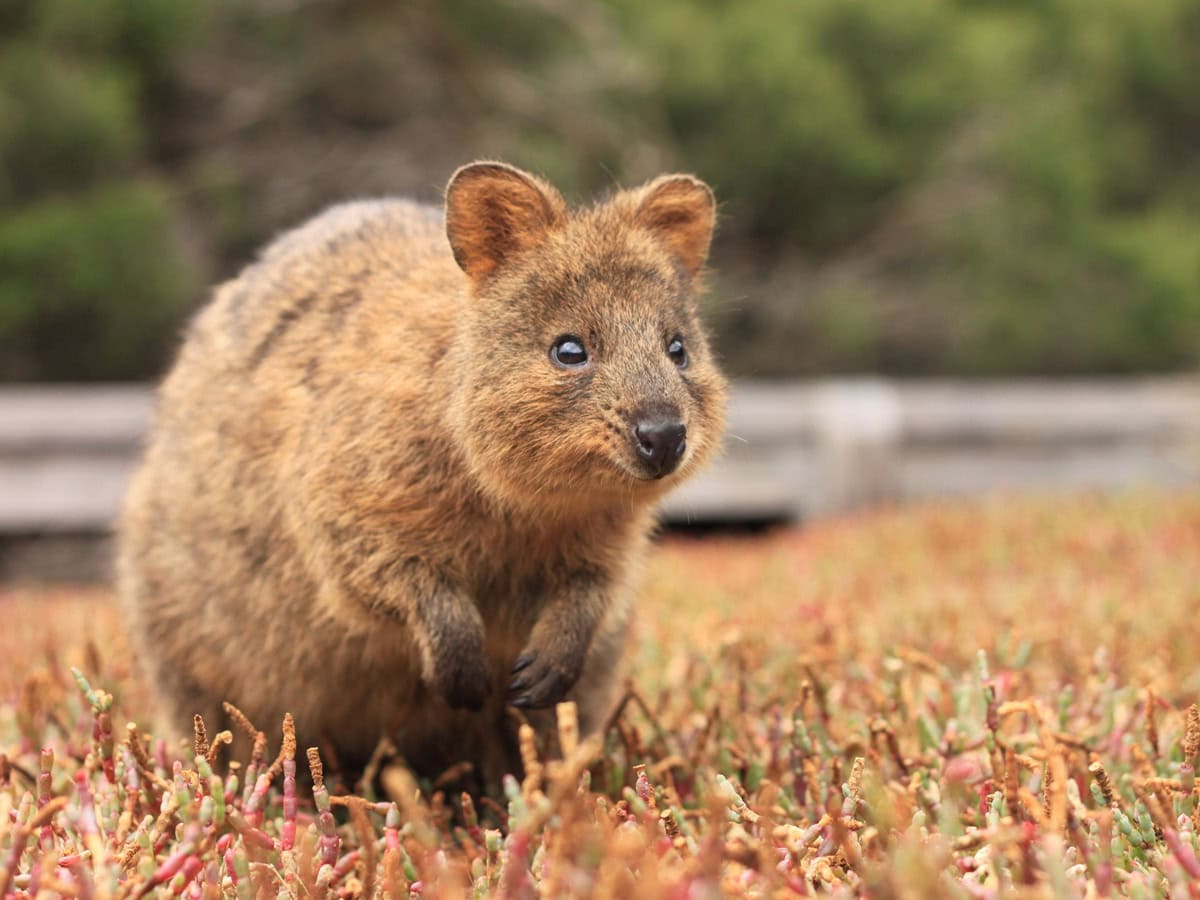
Australia’s top five animals might not be ‘big’ but they are mighty. And seeing these iconic animals in the wild on beautiful beaches or bush walks is as awe-inspiring as it gets.
Spot wild koalas high in the veil of branches against a blue sky in the gum trees lining the picturesque Forts Walk. Magnetic Island (Yunbenun) is home to northern Australia’s largest colony of wild koalas.
You can see them here curled up like rolls of carpet, asleep in the crooks of trees. Or moving slowly in single-minded grace to graze on gum leaves. While local star Rod the Cod is a draw for divers visiting Magnetic Island, fans of the Netflix series Izzy’s Koala World will be hoping it’s the herbivorous marsupials making cameos.
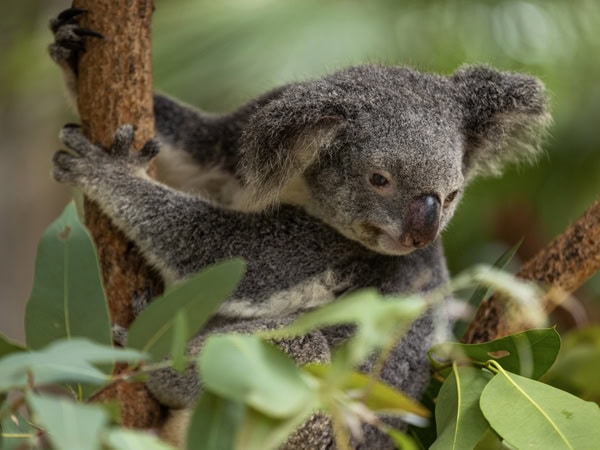
Spot wild koalas high in the veil of gum tree branches. (Image: Tourism Australia)
It’s simply not possible to reach peak quokka. The world’s happiest animal remains a beacon for visitors to Wadjemup (Rottnest Island) who come for the cute marsupials and stay for the carefree (and car-free) Rotto vibes.
These adorable animals are only found off the coast of Perth and are best known for becoming a social media sensation, posing with a cute grin for the camera.
The ultimate main character move in 2024 is to go to Rotto and clock a quokka without posting it to your Insta feed. Go on, we dare ya.
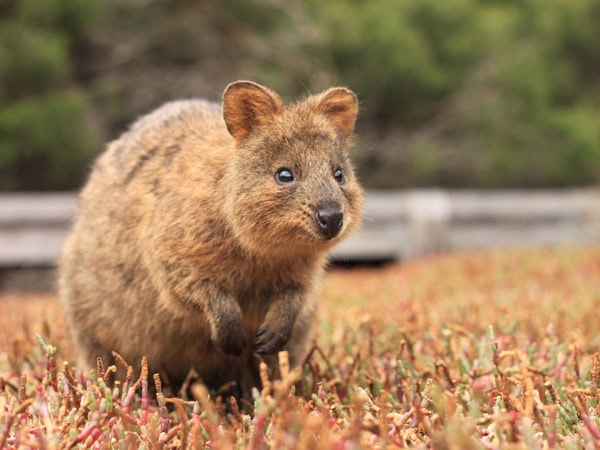
Meet the world’s happiest animal on Rottnest Island. (Image: Tourism Australia)
Did you know that wombats can sprint up to 40 kilometres an hour? Or that they produce cube-shaped poo?
You will feel like you’re in an episode of BBC’s Planet Earth when wandering around Maria Island’s chiselled landscape looking for the endemic Tasmanian wombat. This species is smaller than its mainland mates and has a diverse habitat that stretches from the coast to the alpine areas of Australia’s most southern state.
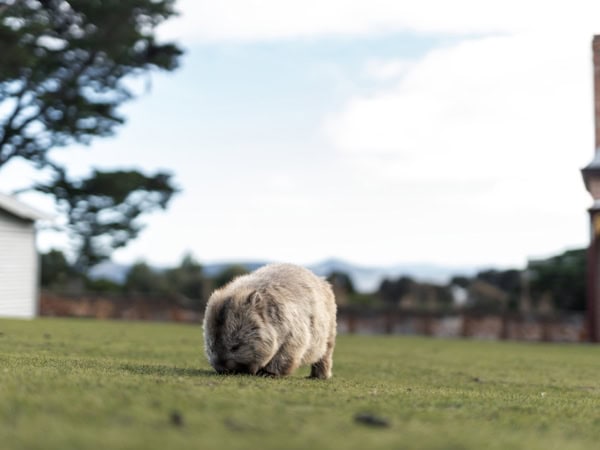
Wombat’s are faster than you think… (Image: Tourism Australia)
Spotting roos through the canvas mesh of your tent at Pebbly Beach Campground is as iconic as it gets. It’s easy to spot the resident herbivores hunched over the grass that encircles the beach in Murramarang National Park.
The best time to see kangaroos on NSW’s Pebbly Beach is at dawn and dusk when the sea and the sky become one. Sometimes you will see the macropods using their long muscular tails and hind legs to bound across the sand. Other times you will see a baby Joey cradled in a mother’s pouch.
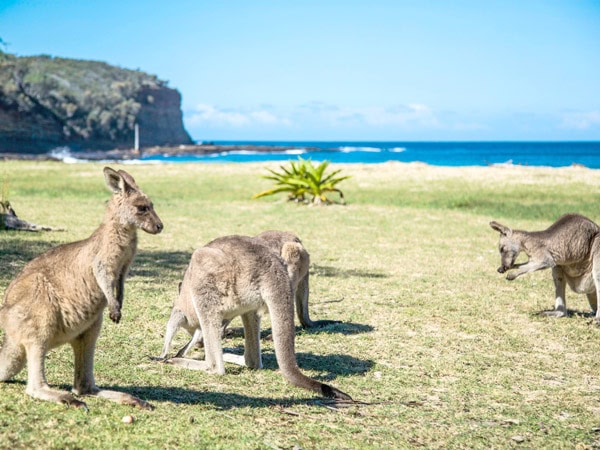
It’s easy to spot the resident herbivores on Pebbly Beach. (Image: Destination NSW)
When British scientists first saw the platypus in the late 18th century, some of them were said to have thought the specimen was a hoax. Yes, this native Australian monotreme appears most extraordinary, with the beak of a duck seemingly grafted onto the head of a four-legged animal.
It’s one of many reasons why spotting these endangered creatures in Victoria’s Great Otway National Park is such a thrill. While your ecologist guide at Otway Eco Tours can’t guarantee you will see platypuses in the wild on a canoeing tour, they have a 95 per cent success rate.
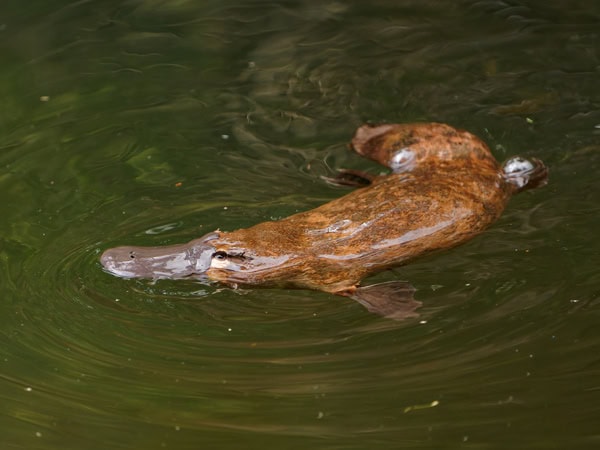
This native Australian monotreme appears most extraordinary. (Image: Getty Images/phototrip)
LEAVE YOUR COMMENT